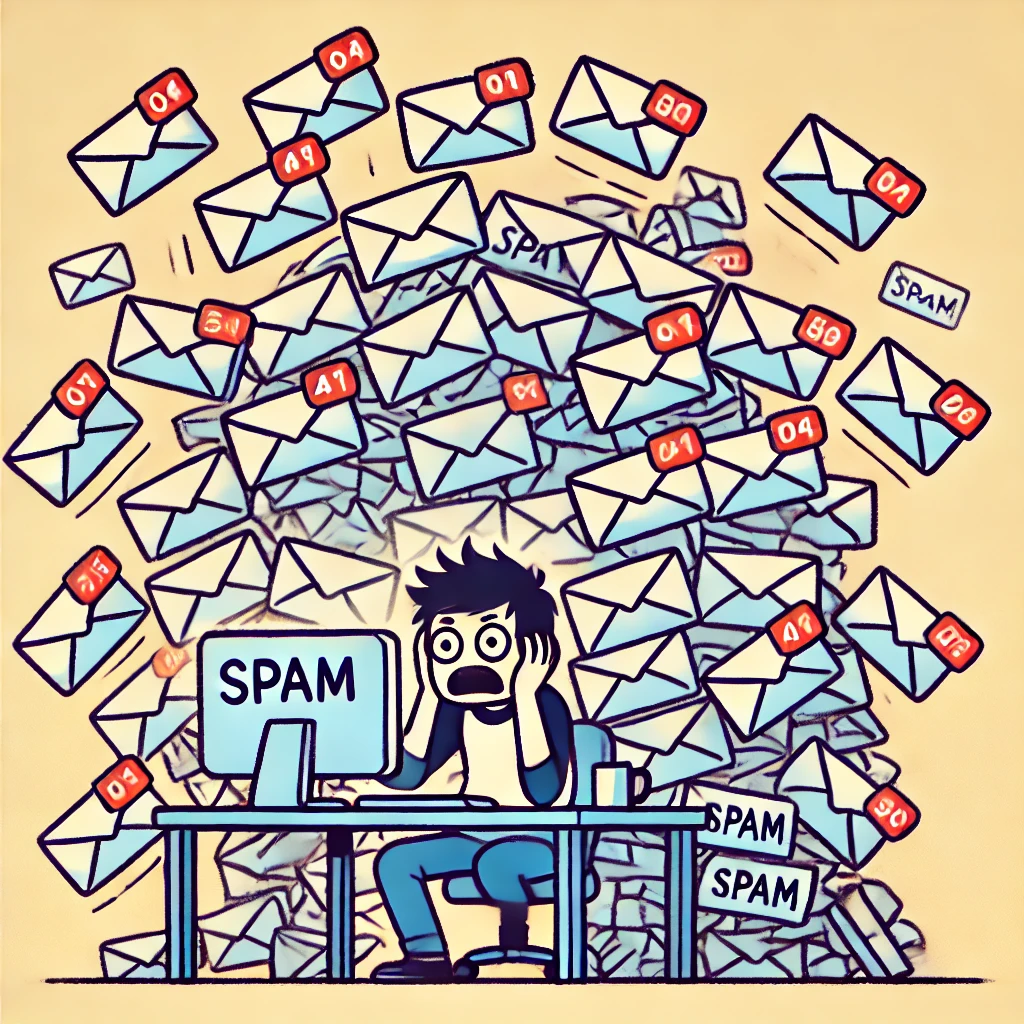Email marketing is a game of trust. If people want out, they should be able to leave—no tricks, no hoops. However, Canada’s Anti-Spam Legislation (CASL) makes this more than just good manners. It’s the law. And if your unsubscribe function isn’t CASL compliant, you’re risking your business.

There’s a lot of confusion around what counts as spam and what’s actually legal. So, we’re not just going to break down the rules—we’re diving into real case law to see if CASL actually gets enforced. (Spoiler: It does, and the fines can be brutal.)
Being CASL Compliant: Details Around Unsubscribing?
If you’re sending commercial electronic messages (CEMs) to Canadians, CASL applies to you. That means emails, texts, and even some social media messages. And the law is crystal clear about unsubscribe requirements:
- It has to be easy – One or two clicks, no unnecessary steps.
- It must work for 60 days – If someone wants to unsubscribe two months later, they still can.
- Requests must be processed within 10 days – No delays, no excuses.
- No asking for extra info – You can’t force users to log in or answer questions to opt out.
Failing to be CASL compliant isn’t just an oversight—it can lead to massive fines.
Does CASL Get Enforced? (Real Cases & Fines)
Yes. And companies that ignored it paid the price. Here are two cases where businesses learned this the hard way:
Compu-Finder: $1.1 Million Fine
This Quebec-based training company ignored unsubscribe requests and kept sending emails. The CRTC (Canada’s telecom regulator) hit them with a $1.1 million fine in 2015. They fought back in court, but the penalty stood. CASL isn’t just for show—it has teeth.
Kellogg Canada: $60K Settlement
Even big names aren’t immune. In 2017, Kellogg Canada settled for $60,000 after a CASL investigation. The issue? Their email marketing didn’t properly track consent. They avoided a bigger penalty by cooperating, but it was still a costly mistake.
These cases prove that CASL compliance isn’t optional. If you think no one will notice, think again.
Get CASL Compliant: The Common Mistakes That Get Companies in Trouble
Even well-meaning businesses slip up. Here are the top CASL compliance failures that trigger fines:
- Unsubscribe links buried in fine print – If users can’t find it, it’s a problem.
- Making people log in to unsubscribe – CASL specifically bans this.
- Using pre-checked consent boxes – Consent must be explicit, not assumed.
- Failing to honor unsubscribe requests quickly – The law gives you 10 days to remove users.
- Ignoring CASL because you’re not based in Canada – If you’re emailing Canadians, CASL applies.
Avoid these, and you’re already ahead of many businesses that got burned by the law.
How to Stay CASL Compliant (Without Hurting Your Email List)
Being CASL compliant doesn’t mean your email marketing has to suffer. Here’s how to stay on the right side of the law without killing your engagement:
1. Make Unsubscribing Effortless
The best brands make opting out as easy as opting in. One-click unsubscribe links aren’t just legal—they build trust. If your subscribers know they can leave anytime, they’re more likely to stay.
2. Automate Compliance
Use email platforms that handle CASL requirements automatically. Platforms like Mailchimp, HubSpot, and Klaviyo ensure unsubscribe requests are instantly processed. There is no manual tracking, and there is no risk of missed requests.
3. Keep a Record of Consent
If you ever get audited, you’ll need to prove you had consent. Keep records of when and how subscribers opted in. This is important to staying CASL compliant. If you’re using a CRM or email tool, this should be built-in.
4. Use Confirmed Opt-In
Double opt-in (where subscribers confirm their email after signing up) isn’t required under CASL, but it’s a smart move. It ensures every subscriber wants your emails, reducing complaints and increasing engagement.
5. Review Your Emails Regularly
CASL compliance isn’t “set it and forget it.” Laws change, and so do email platforms. Audit your email templates and processes at least once a year to make sure everything is still up to code.

Final Thoughts: Getting CASL Compliant Is Worth It
Sure, following CASL compliant rules takes effort. But the alternative—fines, lost reputation, and angry customers—is way worse. Plus, businesses that make unsubscribing easy often build stronger, more engaged email lists.
Stay compliant. Stay ethical. And most importantly, respect your audience. It’s the right thing to do—and in Canada, it’s the law.
Author: Mark Leduc
Bio: Mark Leduc is a digital compliance expert with over a decade of experience in email marketing regulations, specializing in CASL and GDPR enforcement.

